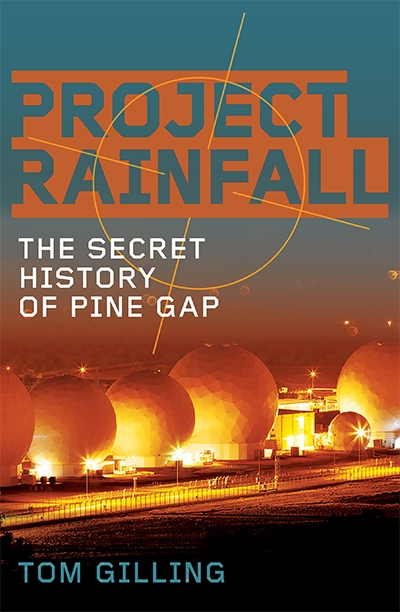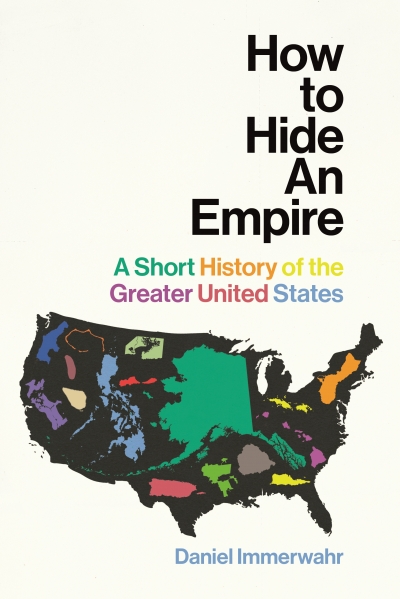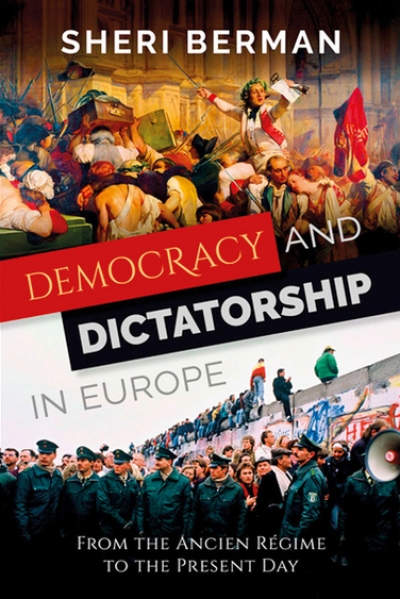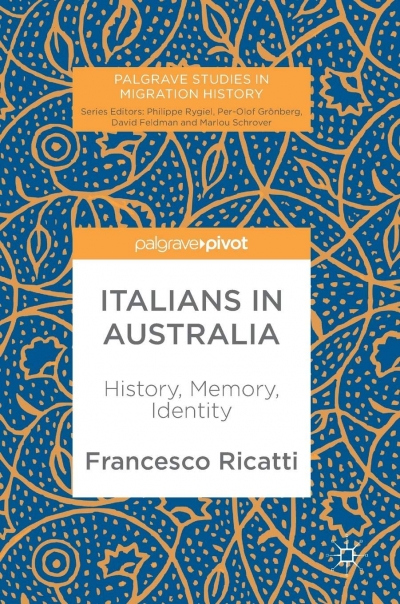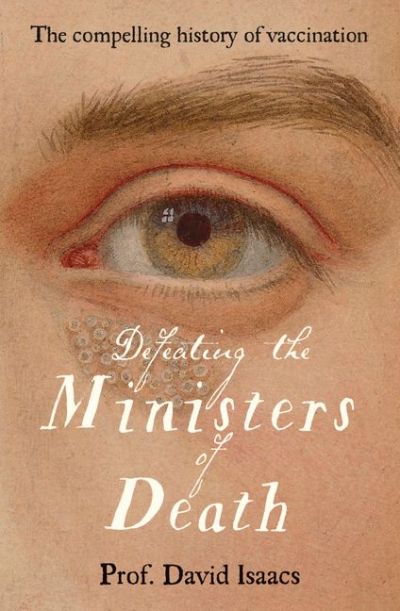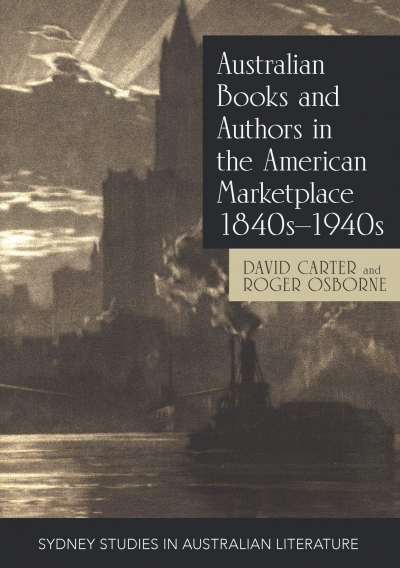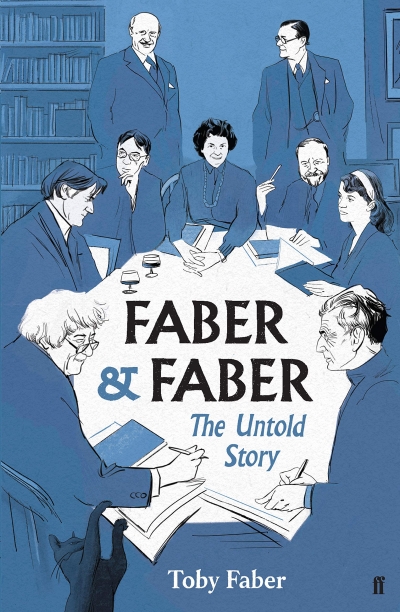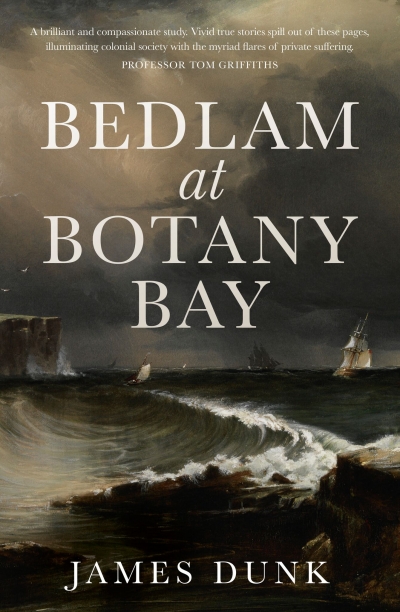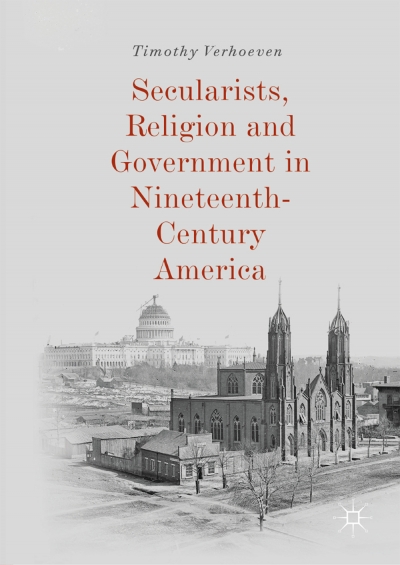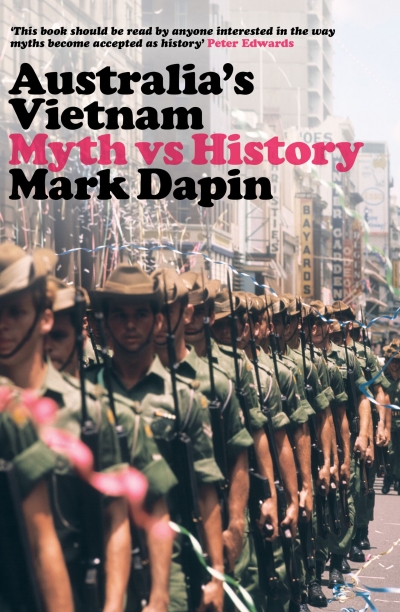History
Project RAINFALL: The Secret History of Pine Gap by Tom Gilling
Since the 1960s, US military bases have continuously occupied Australian territory, with the permission of successive governments. Of the original sites, the missile-launch tracker Nurrungar is closed and North West Cape no longer communicates with US nuclear submarines, but it has since gained space surveillance and military signals intelligence functions. Pine Gap ...
How To Hide An Empire: A short history of the greater United States by Daniel Immerwahr
On 7 December 1941, Japan bombed the American naval base at Pearl Harbor. The following day, President Franklin D. Roosevelt declared that it was a date that would ‘live in infamy’. Those who heard his radio broadcast knew that the United States would be drawn into the war that had engulfed Europe and the Middle East ...
... (read more)Democracy and Dictatorship in Europe: From the Ancien Régime to the present day by Sheri Berman
Democracy won the Cold War. As East Germans breached the Berlin Wall in November 1989 to screams of joy, a young KGB officer watched the concrete crash to the ground. Systematically, he destroyed sensitive Soviet diplomatic papers in the East Berlin embassy. Ten years later, that KGB officer, Vladimir Putin ...
... (read more)Italians in Australia: History, memory, identity by Francesco Ricatti
In its interrogation and negotiation of contemporary theoretical frameworks and practices at the core of the Italian–Australian migration complex, Francesco Ricatti’s comprehensive study offers a fresh and lucid understanding of the interrelation of core issues and processes affecting ...
... (read more)Defeating the Ministers of Death: The compelling history of vaccination by David Isaacs
In the early eighteenth century, smallpox inoculations were introduced to England and promoted by the charismatic Lady Mary Wortley Montagu, one of the many scintillating characters in David Isaacs’s outstanding book Defeating the Ministers of Death ...
... (read more)Australian Books and Authors in the American Marketplace 1840s–1940s by David Carter and Roger Osborne
While working in the London advertising world in the late 1960s, Peter Carey sent his stories to a leading New York literary magazine, Evergreen Review, only to be unimpressed by another rejection ...
... (read more)Faber & Faber: The untold history of a great publishing house by Toby Faber
The ‘untold history’ of Faber & Faber should be a cause for celebration. For so many of us, possessing the unadorned, severe paperbacks with the lower-case ‘ff’ on the spine meant graduation to serious reading: coming of literary age by absorbing the words and thoughts of Beckett, Eliot, Larkin, Stoppard, Hughes, Plath ...
... (read more)James Dunk is not the first Australian historian to notice that mental breakdown was surprisingly common during the first two European generations in New South Wales. Malcolm Ellis linked the ‘Botany Bay disease’ to rheumatic fever, rife on shipboard, which ‘ruined the lives or unbalanced the minds of … many pioneers’. Manning Clark spoke of ...
... (read more)Secularists, Religion and Government in Nineteenth-Century America by Timothy Verhoeven
In an address to the National Prayer Breakfast (8 February 2018), President Donald Trump called the United States a ‘nation of believers’. As evidence, he reminded his audience that the American currency includes the phrase ‘In God We Trust’ and that the Pledge of Allegiance is ‘under God’ ...
... (read more)Almost all historical events are attended by myths, some of them remarkably persistent, but Australia’s involvement in the Vietnam War has perhaps more than its fair share. Mark Dapin has set out to dispel what he sees as six of these myths, which he first encountered working on his book The Nashos’ War ...
... (read more)

